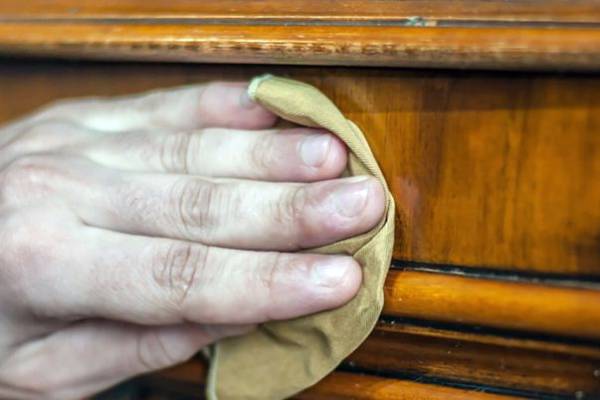Unfortunately, the antique furniture that we all love and cherish in our homes and offices is more often than not unprotected. The antique furniture of today has different needs than the antique furniture of yesterday. The antique furniture we buy today will last much longer if we follow some simple rules for preservation. This blog post will introduce you to the basic principles of antique perseveration so that your vintage pieces can be protected for generations to come.
1) Cleaning Antique Wooden Surfaces
Antique wooden surfaces require specific care to keep them protected and looking new. A soft brush such as a small paintbrush can be used to gently dust antique wooden furniture with a very lightly dampened, clean cloth; avoid using water or soap when cleaning antique wood pieces. A slightly brighter finish can be achieved by using a very soft, dry cloth to buff antique wooden surfaces such as antique dining tables or antique dressers.
2) Repairing Antiques
Any antique that needs repairs should have them done using antique-style joinery and antique finish materials, which shouldn't be difficult since most antique furniture is made from solid woods such as oak, maple, cherry, or walnut. You can use modern materials to make repairs or refinish your antique; woodworkers commonly use modern adhesives, varnishes, and stains when working on antique furniture. You can touch up scratches or worn spots with an antique stain or finish pencil to give the piece an antique look.
3) Protecting The Finish
Use a high-quality paste wax polish when protecting antique furniture for storage; wax prevents dust and other particles from settling on the antique's surface and also provides a protective coating. Make sure to get antique furniture wax explicitly made for antique furniture; it'll be easier to apply, won't leave streaks or buildup, and will offer better protection than most modern polishes. Other antique-appropriate cleaners include one part distilled water and one part isopropyl alcohol.
4) Protecting Antique Fabric
Antique fabrics should be cleaned and allowed to dry completely before any work is done on the antique piece; never use water or solvents on antique fabrics. Clean antique upholstered surfaces using a vacuum cleaner with the brush attachment to pick up dust and dirt, then carefully clean antique upholstery with an antique-appropriate cleaner. Antique slipcovers are fragile, so they should be stored separately from antique furniture when not in use.
5) Protecting Antique Doors & Drawers
Antique wooden doors and drawers should be oiled with antique-style door and drawer oil, not modern wood oils. Apply the antique-appropriate cleaner to a soft cloth, then wipe the antique doors or antique drawers down with that cloth. The knob or pull-on antique doors should have an antique-style sealer applied to them at least once a year to keep them from looking worn.
6) Protecting Antique Hardware
Antique hardware such as antique door or drawer pulls often need to be polished periodically; antique-style oil will protect the metal without leaving a residue on your antique furniture like some modern lubricants might. Antique hardware should also be kept clean; if antique pull sticks, apply the antique-appropriate cleaner to a soft cloth, then gently wipe the antique pull clean.
7) Storing Antique Furniture
Antique furniture should always be stored in a dry place, preferably one where there's no humidity or moisture present; this can cause antique furniture to warp and become damaged. Before placing antique furniture away for storage, make sure it's thoroughly dried out first; if antique furniture has been sitting in a damp or humid area, antique furniture can develop mould that needs to be removed before it's placed into storage.






